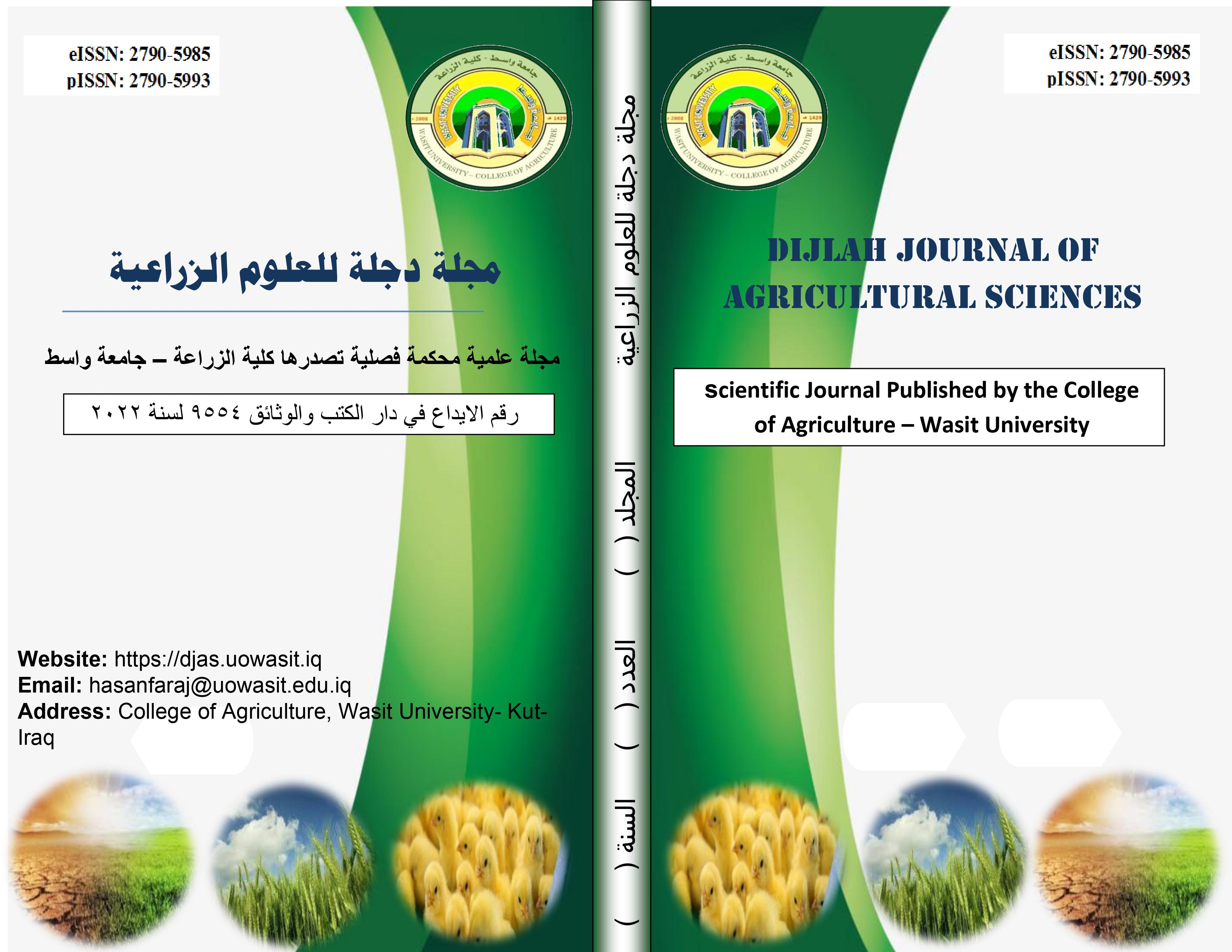Different effects of heavy metals in plant growth and soil degradation
Keywords:
heavy metals, plant growth, soil pollution.Abstract
This article aims to identify the extent of the danger of heavy metals that spread in the environment. It is released into the soil in several ways, which leads to changes in some of its chemical, physical and biological properties in a way that makes it negatively affect all forms of life on its surface, such as humans, animals and plants. The danger lies in the fact that it remains in the soil for a long period of time without decomposition or any chemical change, and it enters into the natural cycle of the environment and is transferred between its various parts and contents. The article includes the methods of transferring elements from the soil solution contaminated with them through plant roots, their entry into the plant, and their transport by plant sap to the rest of the plant parts through the process of transpiration. There are other factors that control the movement of elements within the tissues of different plants, such as the degree of interaction, oxidation and reduction processes, ionic competition, hydrolysis, polymerization, and the formation of dissolved salts such as (oxalates and phosphates). It has inhibitory effects on plants by reducing and delaying growth due to its toxicity, which disrupts various metabolic activities in cells, such as photosynthesis, respiration, the formation of nucleic acids, the formation of proteins, as well as the activity and effectiveness of various enzymes and other vital processes that take place within plants, which ultimately leads to harm to their growth in all its stages and their productive capacity. Therefore, it poses a threat to life when used as food. The article also highlights the extent to which some plants growing in environments polluted with heavy metals can store them in their roots while controlling their transfer from the roots to the stems, leaves and fruits as a type of adaptation to resist the toxicity of these elements. The greater the amount of heavy metals in the soil, the greater the absorption process by the plant. Plants show resistance to toxicity to varying degrees by preventing its accumulation in the targeted sites or through the mechanism of tolerance to these elements when they enter the cytoplasm and when their level increases within plant tissues. The plant either collects or accumulates them in special locations in the roots, in the vegetative system, or in the fruits called vesicles, or converts them into other non-toxic forms inside the plant.

